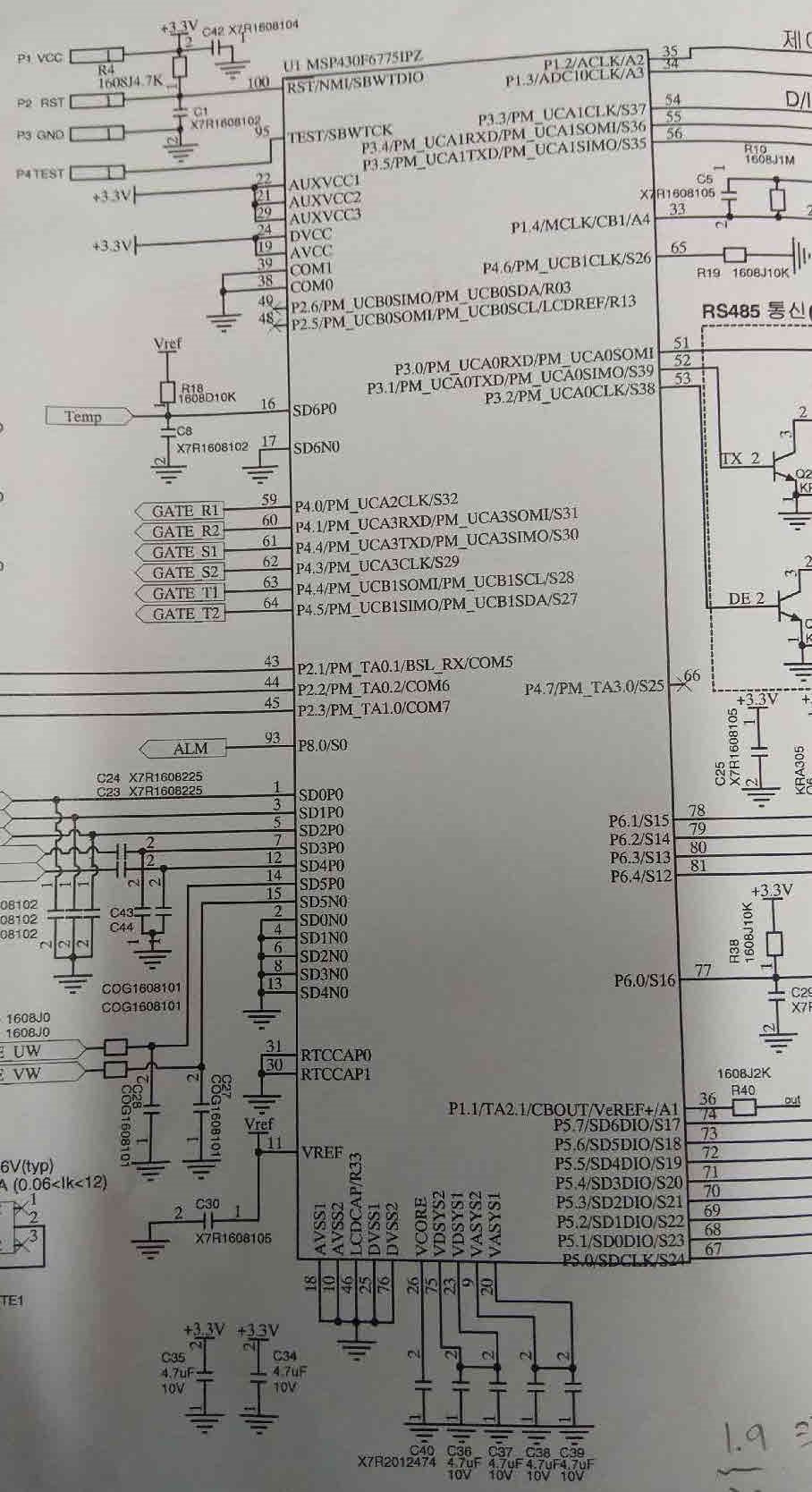Hello Champs,
One of my customer is developing msp430 application using F6775.
Recently they shwon the lockup issue at the power off-> on test.
When decreasing voltage level at the power off state, their system shows the Vcore is higher than DVCC as shown below image.
<Red color : DVCC, Yellow color : Vcore, 1V/div>
If they power on when Vcore > DVCC and DVCC > 1.4V, MCU does not work properly.
Do you know any reason for that?
Note that, if they change C_Vcore from 470nF to 22nF, then it can't be Vcore > DVCC condition, then it work as normal reset.
Please see the schematic for your reference too.
Best Regards,
Ernest



